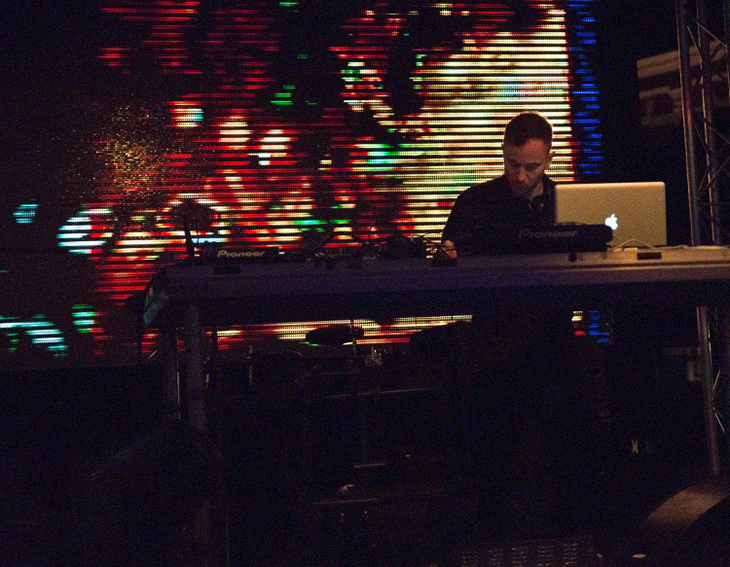Music is an expression of passion. Artists put together music and lyrics to express how they feel, to reach out to people, and to simply put together poetry. This is what attracts people to the different kinds of musical genres.
However, no one has really put music and math together. In fact, many see these two ideas as polar opposites. However, one such mathematician wanted to merge his two passions together. He created something that no one ever even thought of.

A Belgian mathematician sought out to combine his passions. He loved numbers and data. He also was an avid follower of music and emotion. What did he do? He managed to create an electronic music album. He didn’t come up with the notes himself. Rather, the beat and the rhythm were derived from the data gathered from black holes.
This was made possible by translating data from the simulations of black hole mergers, gravitational waves, neutron stars, elementary particle behavior near black holes and white dwarfs. These phenomena created sounds and out of it, Valery Vermeulen created music. So talented was he that this breakthrough music got him signed to a record deal with a company named Ash International.
This task didn’t happen overnight. Valery worked closely with cosmologist Dr. Thomas Hertog. He was a former colleague and long-time collaborator of Stephen Hawking. Together, they worked to collect gravitational wave data for the project. This was entitled Mikromedas AdS/CFT 001.
Vermeulen gathered a ton of data that came from the Voyager Satellite. This is said to be currently sitting around 14 billion miles from Earth. What the satellite does is primarily captures electromagnetic radiation that were given off by the millions of galactic objects found in space. But that’s not all. This then makes use “data sonification” to transform these said radiation readings into sound.
Vermeulen then blends that data sonification with other data sources. He reinterprets all these himself with the use of electronic music software such as Max MSP to create the tracks that caught the attention of music afficionados.
If you listen closely, the music itself sounds dark and representational. This may, as you might just assume and expect, is exactly what a black hole may sound like. But before you make assumptions and think further, it’s also important to note that General Relativity clarifies for us this question for all of us. In reality, we actually wouldn’t be able to detect sound near, far away, or from within a black hole with our own ears. That’s because our bodies weren’t made for this. And even if we changed the matter within us, we still wouldn’t detect anything.
What’s most curious and memorable about the results of Vermeulen and Voyager’s work is that every sound you hear is not the delusional flight of fancy of an eccentric electronic music producer. Rather, this is an auditory representation of an important piece of observed real-world data. Simply put, the music is devoid of fluff and unnecessary details. It’s merely the universe doing what it does best – astound is with reality.
What are your thoughts? Please comment below and share this news!
True Activist / Report a typo


